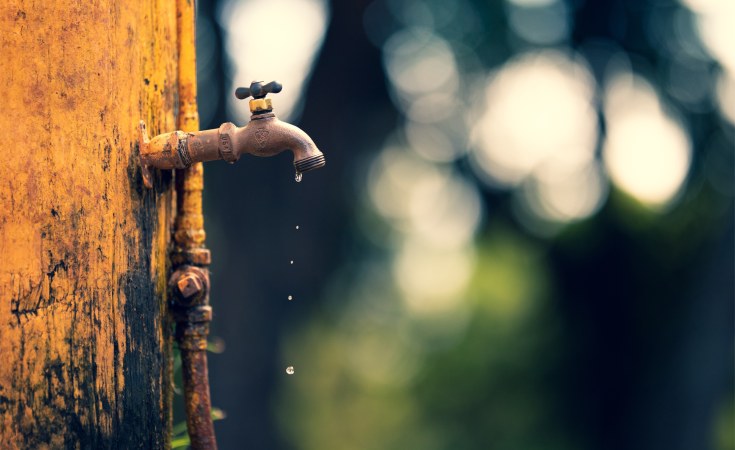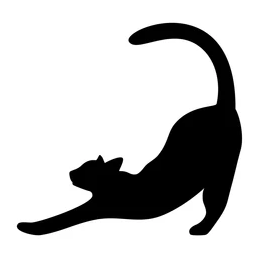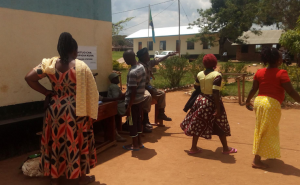South Africa: Call for Urgent Action to Tackle Water Pollution

Water and Sanitation Deputy Minister Sello Seitlholo has called on stakeholders to join hands with the department and its entities in addressing water pollution.
This includes collaboration in the removal of invasive aquatic weeds, such as water hyacinth, which have become a significant threat in most of the country’s water resources.
Seitlholo recently conducted a two-day oversight visit at Blesbokspruit Wetlands near Springs, Ekurhuleni, and Jukskei River in Alexandrea, north of Johannesburg.
During the visit last week, Seitlholo inspected wastewater pumpstations at Olifanstfontein Water Care Works, which are managed by the Ekurhuleni Water Care Company (ERWAT). He also inspected Zandspruit Wastewater Treatment Works operated by the City of Johannesburg.
Blesbokspruit Wetlands is a Ramsar site (sites listed on the list of wetlands of international importance) in the Upper Vaal catchment along Blesbokspuit River, and it is one of the major tributaries to the Vaal River in Gauteng.
According to the department, the wetland is hugely infested by the growth of hyacinth, which covers up to approximately 12 kilometres.
Despite its removal by means of manual labour and biological control, led by the Centre for Biological Control (CBC) at Rhodes University, the department said the plant has spread and multiplied, resulting in the destruction of the ecosystem of the wetland.
The CBC uses bugs, Megamelus scutellaris, that feed on the seeds of the plant, eventually killing the plant.
While Seitlholo is resolute to see all the hyacinth at the wetland annihilated, he was conflicted to discover that the dried hyacinth is harvested and is used by an emerging business to make home decoration accessories, baskets, and charcoal briquettes.
“There is another dynamic that I have been exposed to, and this seems to have created local economic development in Ekurhuleni. However, the sustainability of the business needs to be explored further, and the control of the plant should also be taken into consideration. This is one plant that destroys the ecosystem, and our main priority is to have it removed,” Seitlholo said.
During an inspection at the Vaal River Barrage Reservoir, the Deputy Minister discovered how hyacinth has been controlled through a combination of community action, biological control, and chemical treatments.
The weed constituted about 400 hectares of the dam last year, but the remaining weeds are now standing at 12 hectares.
The oversight inspection continued to Alexandra and Bruma, where Jukskei River is also polluted.
However, the Deputy Minister commended the Alexandra community members who have rehabilitated the river by removing litter and debris.
The initiative has kept the water clean and free from pollution, and has also educated members of the community about the disadvantages of polluting the river.
“Water pollution is a crisis in this country, and it needs to be treated as such. We need this societal approach to tackle this problem, and we wish to see communities and stakeholders joining hands with the department to fight the scourge of water pollution and the eradication of invasive aquatic weeds.
“Society needs to understand that the value chain of water does not start at the water tap, but it rather starts at the rivers or wetlands. Polluted water has a direct impact on the quality of the final product — potable water. Therefore, we need to take the issues of water pollution seriously because if our rivers are polluted and contaminated, it becomes costly for the entities that treat water in bulk,” Seitlholo said.
As the country commemorates Water Month, Seitlholo urged South Africans to ensure that water sources are protected and safe.
Seitlholo’s oversight also included a visit at East Basin Acid Mine Drainage Treatment Plant, managed by Trans Caledon Tunnel Authority (TCTA), which treats polluted water coming from the oxidation of sulfide minerals exposed to water in abandoned mines within Ekurhuleni.
The minerals cause acidic and potentially toxic water, which significantly impacts water quality and ecosystems in the area.
An oversight inspection at Zandspuit wastewater pump station revealed that the plant malfunctions, and this results in over 30 million litres of raw sewage spillage into Jukskei River, ending up in Hartbeespoort Dam.
Despite the efforts by the City of Johannesburg to restore the pumpstation, the Deputy Minister said the Department of Water and Sanitation, through its Compliance and Enforcement Unit, will continue to monitor the pumpstation, and tackle the issues of failing municipal wastewater infrastructure, including mining industries and irrigation from agriculture, to ensure that they take responsibility through the polluter-pay-principle.
Seitlholo also emphasised that pollution of water resources remains a crisis in the country, with Gauteng as the epicentre of water pollution because it is the economic hub of the country.
He said the department will continue with efforts to stop pollution and get the required quality of water within the water courses.
By SAnews.gov.za.



